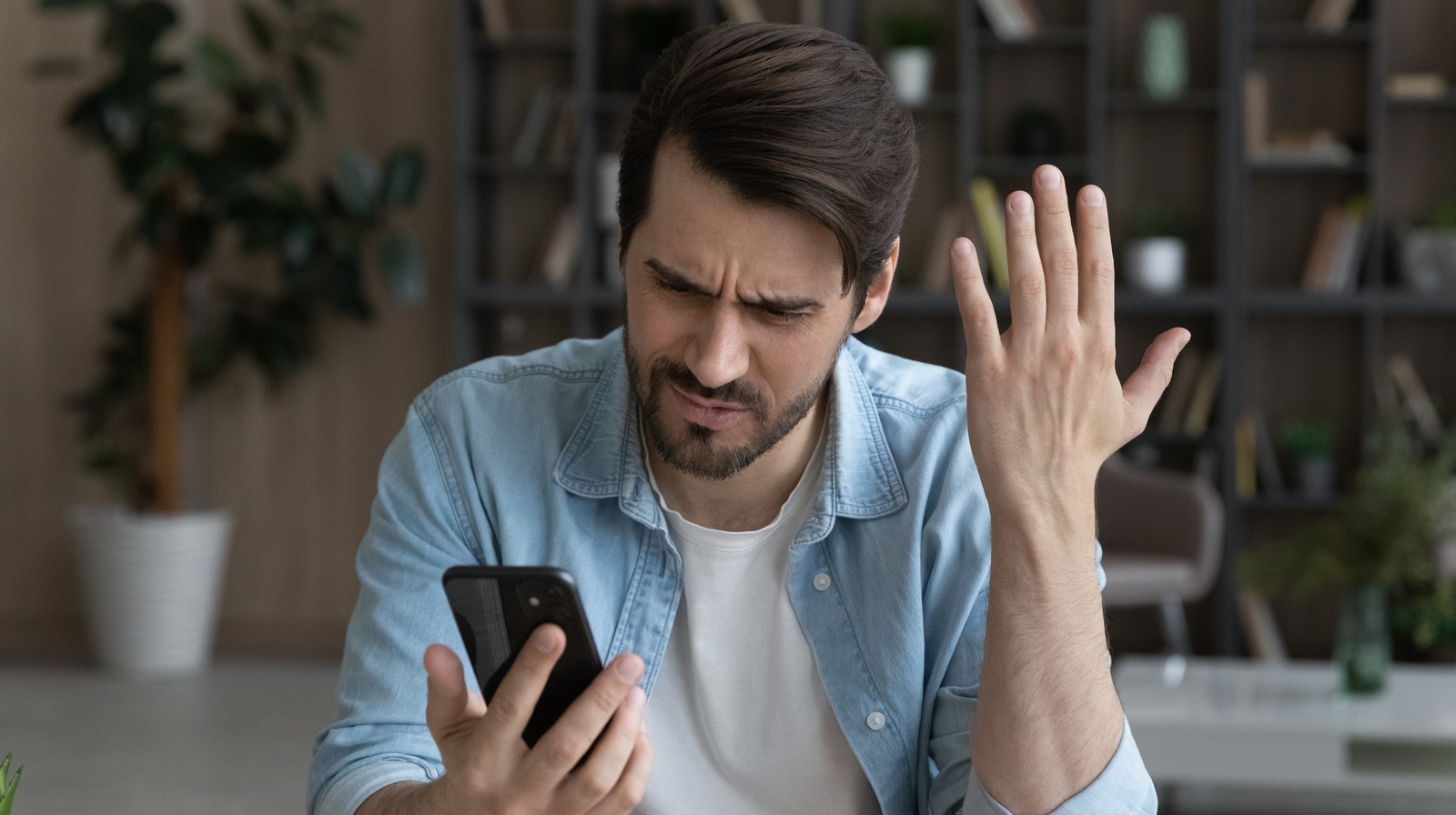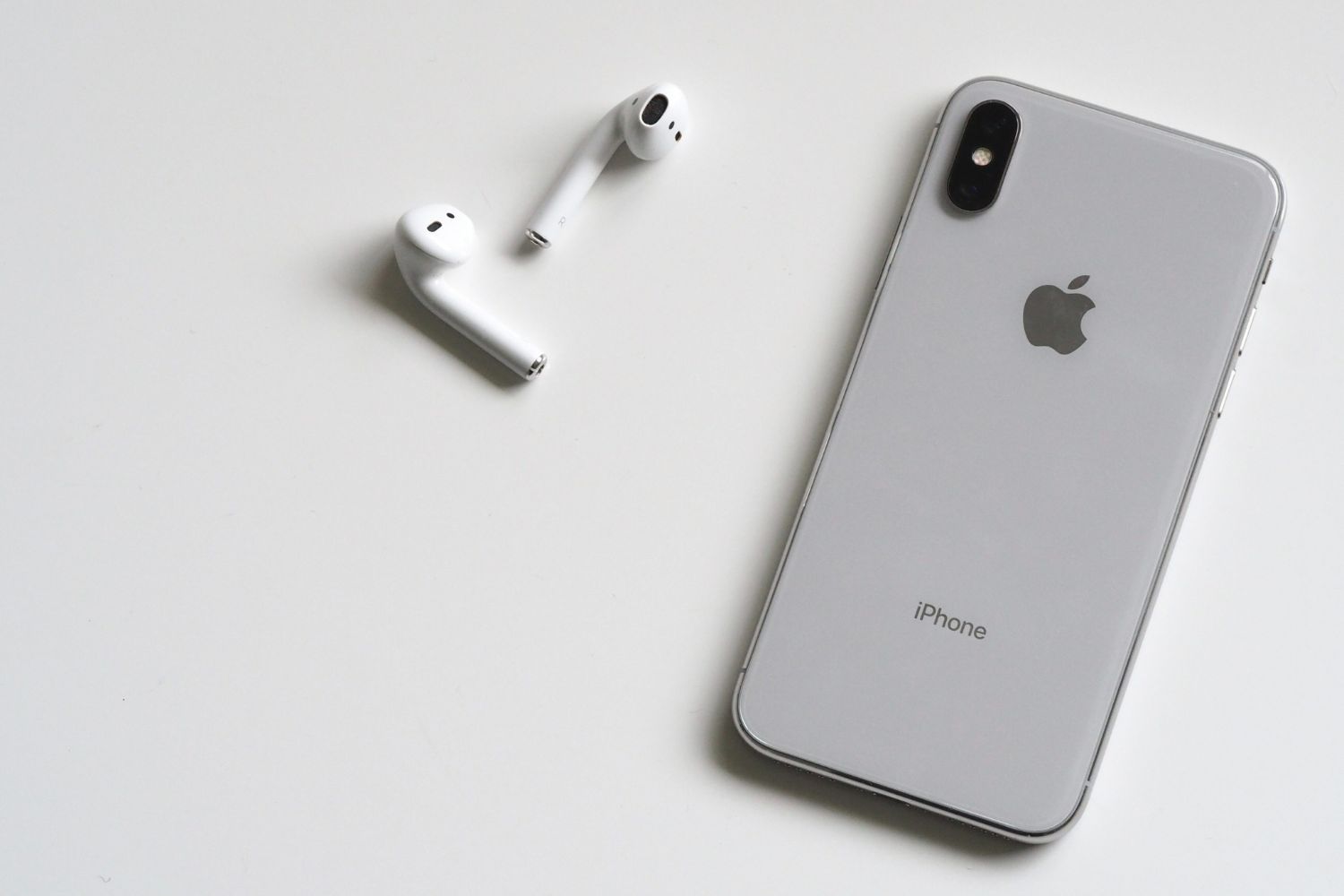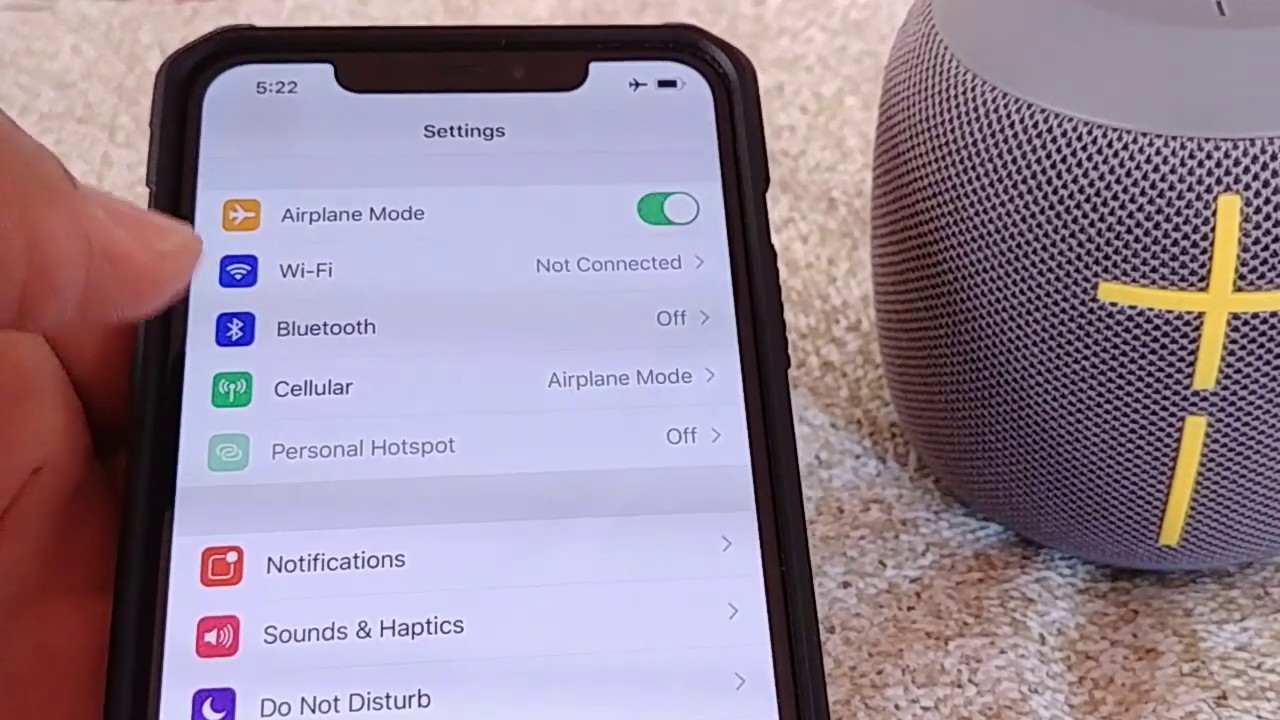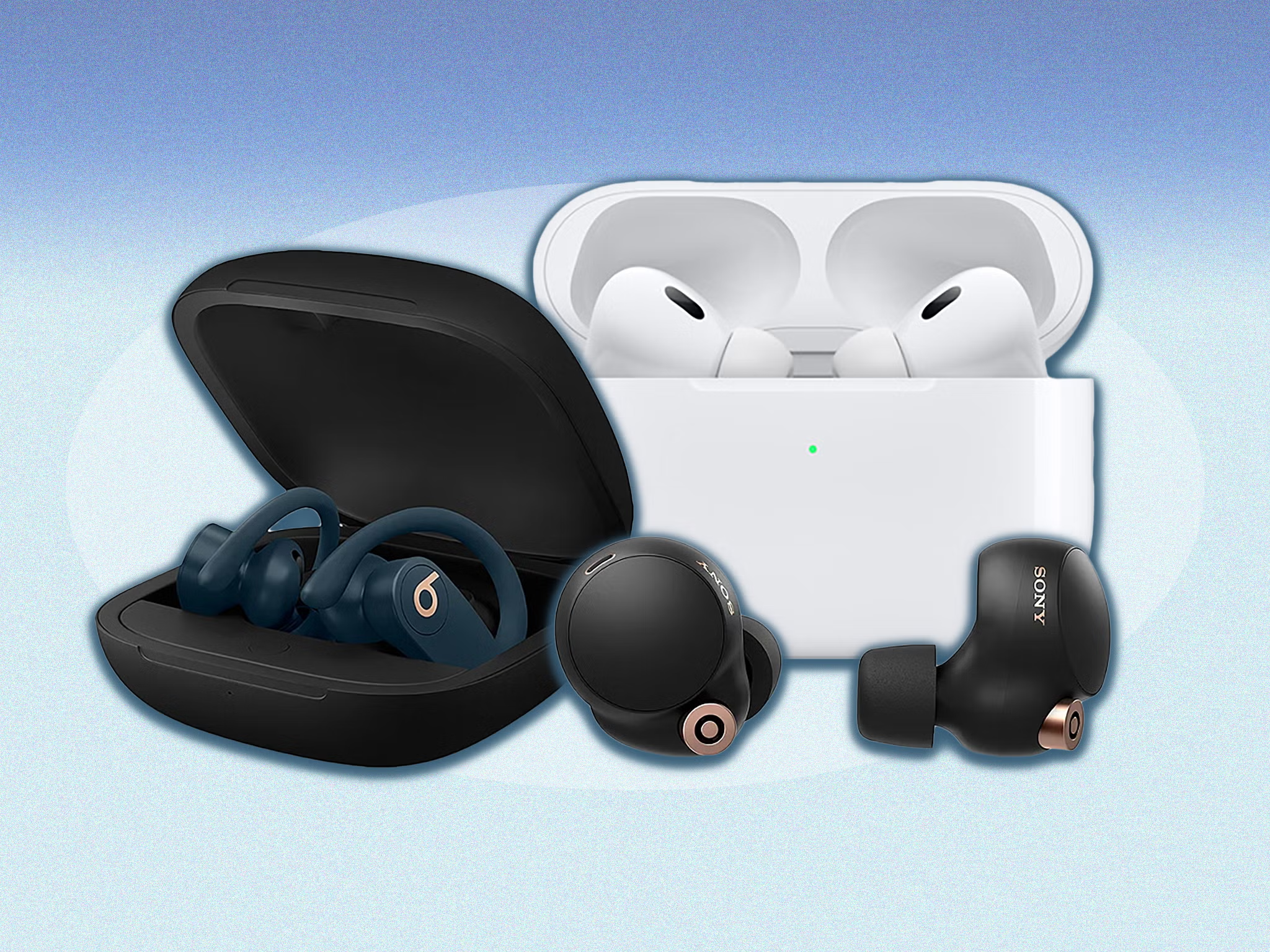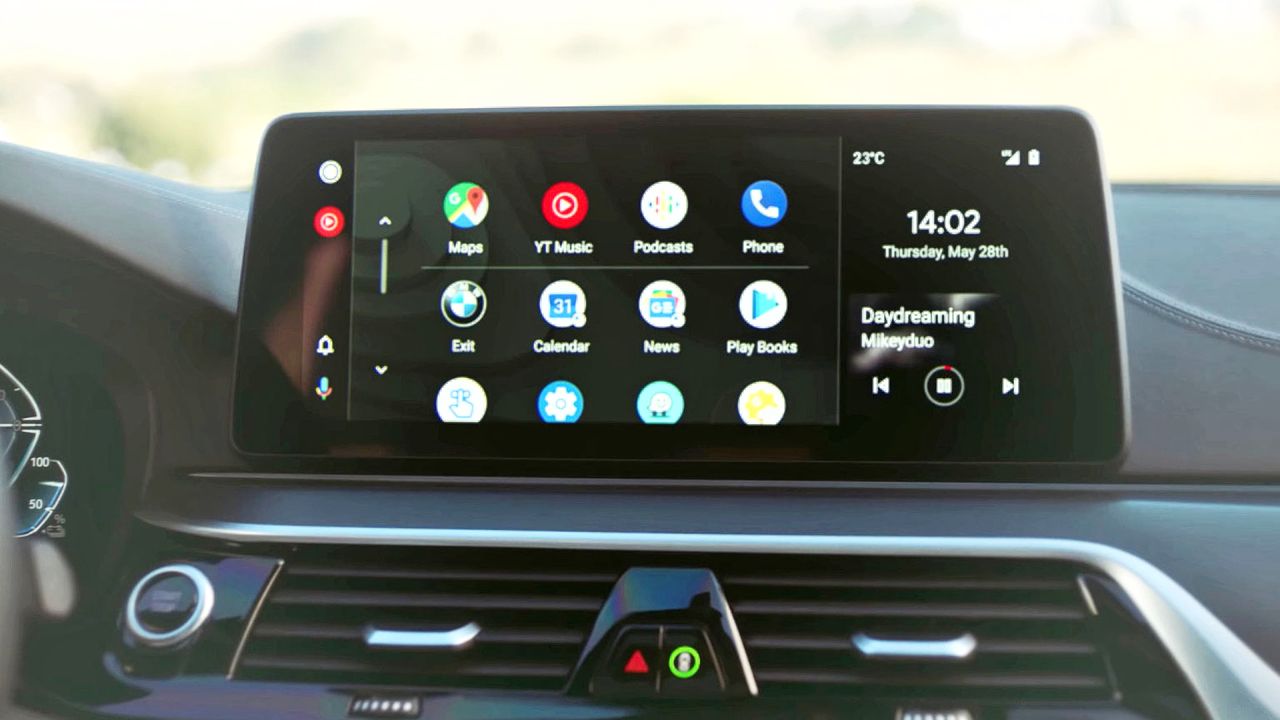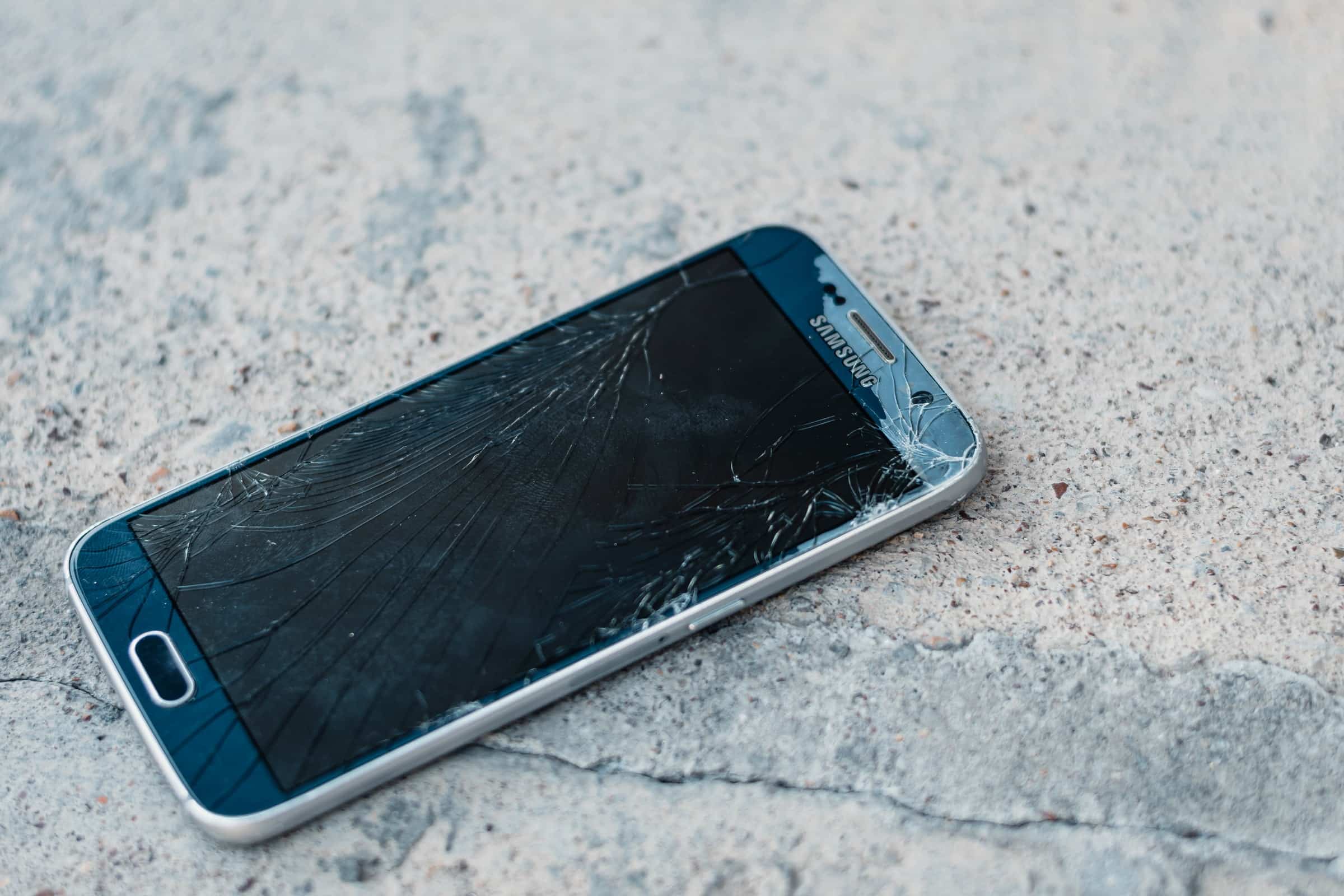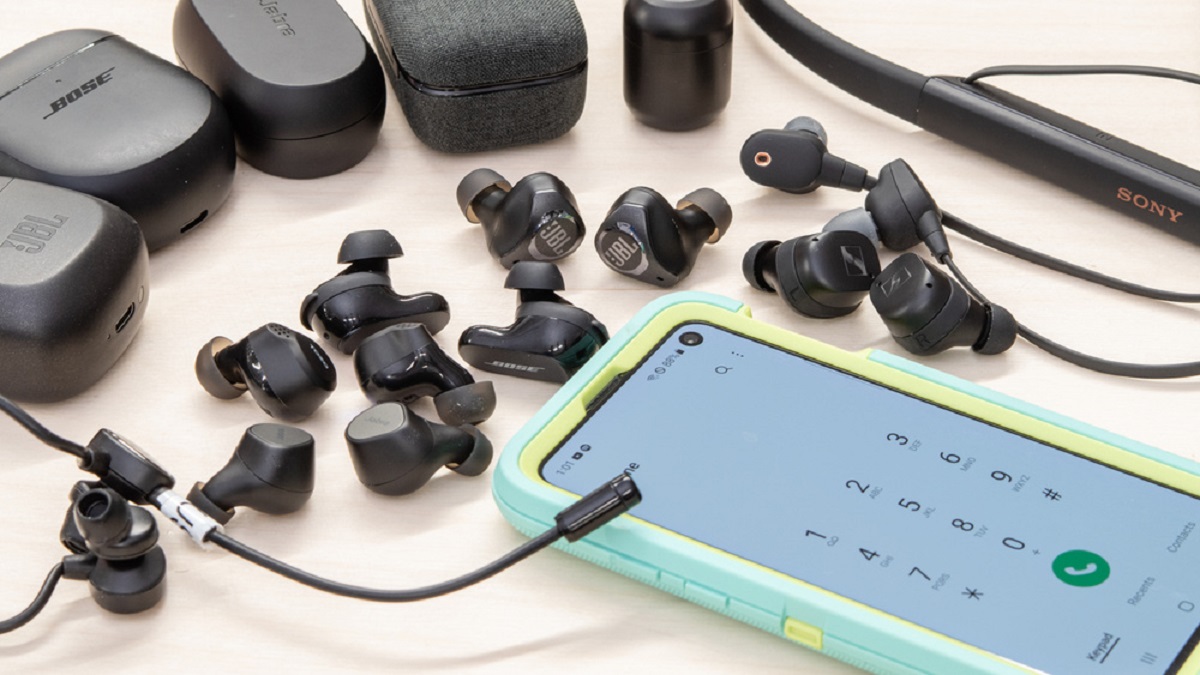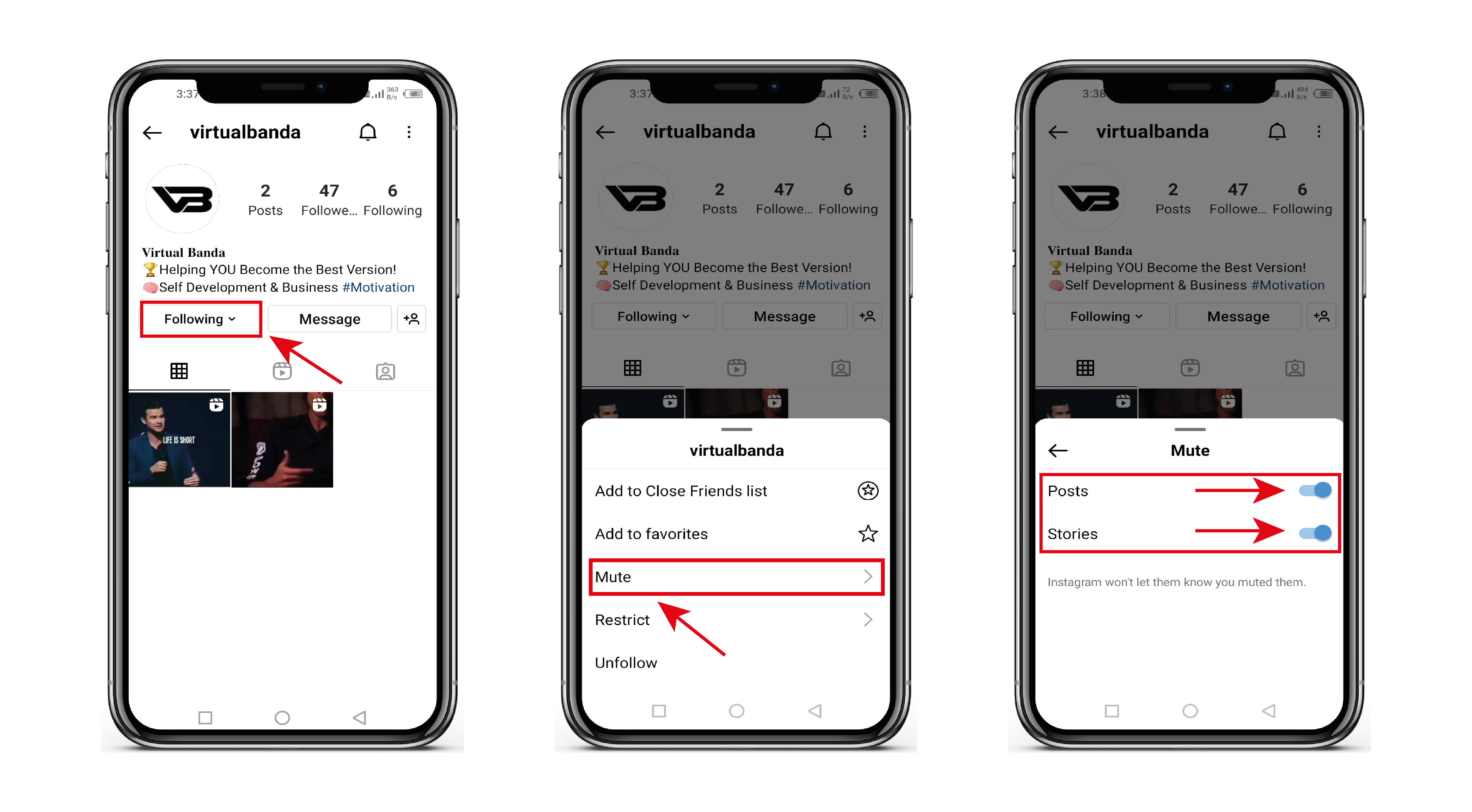Introduction
Are you frustrated by the low volume of your Android phone's speakers? Whether you're struggling to hear calls, enjoy music, or watch videos, a lack of volume can be a major inconvenience. Fortunately, there are several effective ways to increase the speaker volume on your Android device. From adjusting your phone's settings to using volume booster apps and external speakers, these methods can significantly enhance your audio experience. In this article, we'll explore various tips and techniques to help you amplify the volume on your Android phone.
Adequate speaker volume is essential for clear communication, enjoyable entertainment, and effective use of apps and features. By addressing low volume issues, you can ensure that you don't miss important calls, conversations, or notifications. Moreover, enhancing the speaker volume can elevate your music and video streaming experience, allowing you to immerse yourself in high-quality audio without straining to hear.
Whether you're dealing with a temporary volume decrease or a persistent issue, it's important to explore different solutions to find the one that best suits your needs. By taking the time to optimize your phone's audio capabilities, you can enjoy clearer, louder sound across various activities and applications.
In the following sections, we'll delve into specific methods for increasing the speaker volume on your Android phone. From checking your phone's settings and using volume booster apps to cleaning your phone's speaker and utilizing external speakers, these tips are designed to help you overcome low volume challenges. Additionally, we'll discuss the importance of keeping your phone's software up to date to ensure optimal performance. Let's explore these strategies in detail to help you achieve the ideal speaker volume on your Android device.
Check Your Phone’s Settings
Before exploring external solutions, it’s essential to start by checking and adjusting the settings on your Android phone to optimize the speaker volume. Begin by accessing the sound or audio settings, which can typically be found in the “Settings” menu. Depending on your device model and operating system version, the exact location and labeling of these settings may vary slightly. Once you’ve located the sound settings, consider the following adjustments:
- Volume Levels: Ensure that the media, ringtone, and notification volumes are set to appropriate levels. Adjust these settings based on your preferences, taking care not to set them too high, which may cause distortion or discomfort.
- Equalizer Settings: Some Android devices offer built-in equalizer settings that allow you to customize the audio output based on different presets or manual adjustments. Explore these options to enhance the clarity and volume of the sound produced by your phone’s speakers.
- Accessibility Features: Check for accessibility features designed to assist users with hearing impairments. Your device may offer specific settings or enhancements to amplify sound, such as mono audio or sound balance adjustments.
If you’ve made these adjustments and are still experiencing low speaker volume, consider rebooting your device to ensure that the changes take effect. Additionally, it’s advisable to test the audio output in various scenarios, such as playing music, watching videos, and making calls, to evaluate the impact of the settings adjustments.
By thoroughly examining and customizing your phone’s settings, you can often achieve a noticeable improvement in speaker volume without the need for additional tools or accessories. However, if adjusting the settings alone does not yield the desired results, it may be necessary to explore alternative methods, such as using volume booster apps or cleaning the phone’s speaker, which we’ll discuss in the following sections.
Use Volume Booster Apps
If adjusting your phone’s settings doesn’t sufficiently increase the speaker volume, you can turn to volume booster apps as a potential solution. These apps are designed to amplify the audio output of your device beyond its default capabilities, providing a noticeable boost in volume for various types of media and sound output. When selecting a volume booster app, consider the following factors:
- Compatibility: Ensure that the app is compatible with your specific Android device model and operating system version. Reading user reviews and checking the app’s update history can provide insight into its performance across different devices.
- Features: Look for apps that offer customizable volume settings, equalizer controls, and presets tailored to different audio scenarios, such as music playback, video streaming, and voice calls.
- User Interface: Choose an app with an intuitive and user-friendly interface, making it easy to adjust volume levels and access additional features without unnecessary complexity.
Once you’ve identified a suitable volume booster app, follow the installation and setup instructions provided by the app developer. After installing the app, you may need to grant it the necessary permissions to access your device’s audio settings and enhance the speaker volume effectively.
It’s important to use volume booster apps judiciously, as excessive amplification can lead to sound distortion, reduced audio quality, and potential damage to the device’s speakers. Always start with conservative volume adjustments and gradually increase the levels while monitoring the audio output for clarity and fidelity. Additionally, be mindful of any potential impact on battery life and overall device performance when using volume booster apps extensively.
By leveraging volume booster apps, you can potentially achieve a significant improvement in speaker volume, especially when dealing with persistent low volume issues that are not adequately addressed by standard settings adjustments. However, if you find that volume booster apps do not deliver the desired results, it may be necessary to explore physical factors that could affect the speaker’s performance, such as dirt or debris accumulation, which we’ll address in the following section.
Clean Your Phone’s Speaker
If you’re still encountering low speaker volume on your Android device despite adjusting settings and using volume booster apps, it’s essential to consider the physical condition of the phone’s speaker. Over time, dust, lint, or other debris may accumulate around the speaker grille, obstructing sound output and diminishing volume and clarity. To address this issue, you can follow these steps to clean your phone’s speaker effectively:
- Inspect the Speaker Grille: Begin by examining the speaker grille, which is typically located at the bottom of the phone. Use a flashlight or adequate lighting to identify any visible debris or blockages that may be impeding sound transmission.
- Use Compressed Air: If you notice debris around the speaker grille, you can carefully use compressed air to dislodge and remove the particles. Hold the phone at a slight angle and apply short bursts of compressed air to clear the area around the speaker without causing damage to the internal components.
- Gentle Cleaning Tools: For stubborn debris that cannot be removed with compressed air, consider using a soft-bristled brush, such as a clean, dry toothbrush or a small, soft-bristled paintbrush, to gently dislodge and remove the particles from the speaker grille.
- Avoid Liquid Cleaners: It’s important to refrain from using liquid cleaners or solvents near the speaker grille, as these substances can potentially seep into the device and cause damage to the internal circuitry or speaker components.
After cleaning the speaker grille, test the audio output to assess whether the volume and clarity have improved. It’s advisable to play various types of media, such as music, videos, and voice recordings, to ensure that the speaker functions optimally across different audio scenarios.
Regularly inspecting and cleaning your phone’s speaker can help maintain consistent sound quality and prevent volume issues caused by accumulated debris. By addressing physical obstructions that hinder sound transmission, you can often achieve a noticeable enhancement in speaker volume and overall audio performance. However, if cleaning the speaker does not yield the desired results, it may be beneficial to explore the use of external speakers as an alternative solution, which we’ll explore in the following section.
Use External Speakers
If you’re seeking a reliable solution to increase the volume of your Android phone’s audio output, utilizing external speakers can provide a significant boost in sound quality and volume. External speakers come in various forms, including portable Bluetooth speakers, wired speakers, and speaker docks, offering versatile options to enhance your audio experience. Here are some considerations and steps for effectively using external speakers with your Android device:
- Connectivity Options: Determine the type of external speakers that best suit your preferences and needs. Bluetooth speakers offer wireless connectivity, providing convenience and portability, while wired speakers and speaker docks may offer direct, reliable connections for consistent audio output.
- Pairing Bluetooth Speakers: If you opt for Bluetooth speakers, ensure that your Android device’s Bluetooth feature is enabled, and follow the pairing instructions provided by the speaker manufacturer. Once paired, you can select the connected Bluetooth speaker as the audio output device on your phone.
- Adjust Settings and Controls: Depending on the external speaker model, you may have access to additional volume and equalizer controls on the speaker itself. Experiment with these settings to optimize the audio output and achieve the desired volume and sound quality.
- Positioning and Environment: Consider the placement of the external speakers to maximize sound dispersion and clarity. Avoid obstructing the speaker grilles and position the speakers in a manner that allows for optimal audio projection and resonance.
By integrating external speakers into your audio setup, you can enjoy amplified sound output and enhanced volume for various activities, including music playback, video streaming, and hands-free calling. Additionally, external speakers can provide a more immersive audio experience when watching movies or gaming on your Android device, elevating the overall entertainment value.
Whether you’re looking to amplify the volume for personal enjoyment or to share audio content with others, external speakers offer a practical and effective solution for enhancing your Android phone’s audio capabilities. However, if external speakers are not readily available or do not fully address the volume challenges, it may be beneficial to explore software-related factors that could impact the speaker’s performance, such as outdated system software, as we’ll discuss in the following section.
Update Your Phone’s Software
Ensuring that your Android device’s software is up to date is crucial for optimizing its performance, including the functionality and output of the speakers. System updates often include bug fixes, performance enhancements, and audio-related improvements that can directly impact the volume and quality of sound produced by the device. Here’s how you can check for and update your phone’s software:
- Check for Updates: Navigate to the “Settings” menu on your Android device and locate the “System” or “Software Update” section. Here, you can manually check for available updates and initiate the download and installation process if updates are available.
- Automatic Updates: Many Android devices offer the option to enable automatic system updates, ensuring that your device receives the latest software enhancements without the need for manual intervention. If this feature is available, consider enabling it to stay current with system improvements.
- Review Update Notes: Before installing a system update, review the accompanying release notes or update details provided by the device manufacturer. Pay attention to any specific mentions of audio-related enhancements or fixes that could impact speaker performance.
By keeping your phone’s software updated, you can benefit from potential optimizations that may directly address low speaker volume issues and enhance overall audio output. Additionally, system updates often introduce new features and improvements that contribute to a more satisfying user experience across various aspects of device usage.
If you’ve recently updated your device’s software and are still experiencing low speaker volume, it’s advisable to monitor official support channels, forums, and community discussions related to your specific device model and software version. In some cases, device manufacturers may acknowledge and address audio-related issues through subsequent updates or provide troubleshooting guidance to help users resolve persistent volume challenges.
By proactively maintaining your Android device’s software and staying informed about available updates and their potential impact on audio performance, you can ensure that your device operates optimally, including the output and volume of its speakers. However, if software updates do not sufficiently address the speaker volume concerns, it may be necessary to seek assistance from authorized service providers or technical support to further diagnose and resolve the issue.
Conclusion
Addressing low speaker volume on your Android phone requires a multifaceted approach that encompasses both software and hardware considerations. By exploring the various tips and techniques discussed in this article, you can effectively enhance the volume and clarity of your device’s speakers to elevate your audio experience across calls, music playback, video streaming, and other activities.
From optimizing your phone’s settings and utilizing volume booster apps to cleaning the speaker grille and integrating external speakers, there are diverse strategies available to address low volume challenges. These methods cater to different user preferences and scenarios, empowering you to tailor the audio output to your specific needs and usage patterns.
Furthermore, staying proactive with software updates and maintenance can contribute to sustained audio performance improvements, ensuring that your device remains equipped with the latest enhancements and optimizations that impact speaker volume and quality.
It’s important to approach speaker volume issues systematically, starting with simple adjustments and progressing to more advanced solutions as needed. By combining these approaches and remaining attentive to the condition and performance of your phone’s speakers, you can overcome low volume obstacles and enjoy a consistently satisfying audio experience on your Android device.
Ultimately, the diverse array of strategies presented in this article offers a comprehensive toolkit for addressing low speaker volume on Android phones, empowering users to optimize their audio output and fully enjoy the capabilities of their devices.







